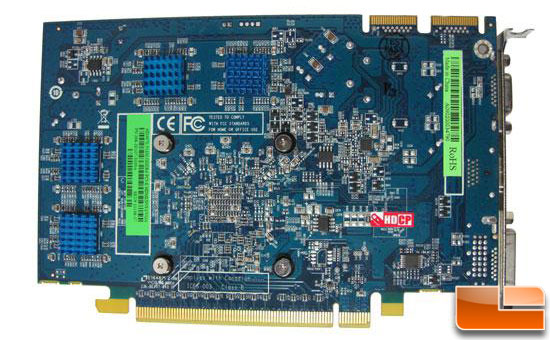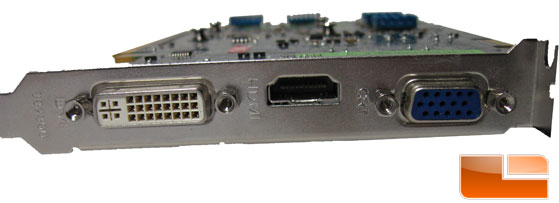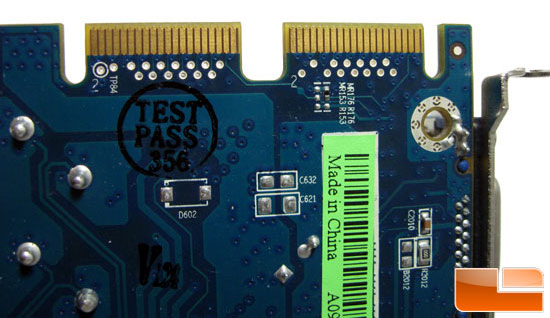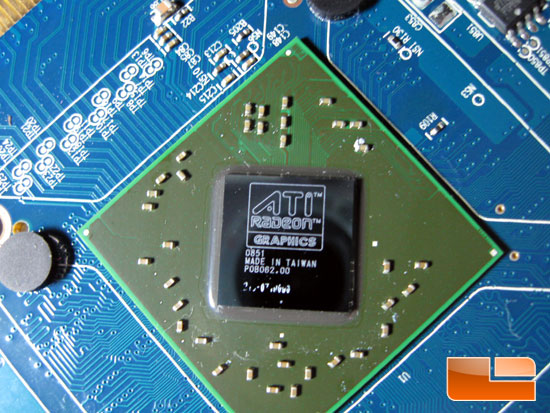Sapphire Radeon HD 4670 512MB GDDR4 Video Card Review
A Closer Look

Measuring in at 6.56 the Sapphire Radeon HD 4670 video card features 512MB of GDDR4 VRAM at 1100MHz (2200MHz effective), a 128 Bit Bus width, 750MHz on the core clock, 514M transistors and 320 Stream Processors. On paper this little thing packs some punch, and with two Crossfire interconnects, you can get a solid CrossfireX system on the cheap.

The back of the card is fairly unique in that it uses individual IC heatsinks on all the memory ICs, which is not particularly common even on most higher end cards. But anything that looks cool, doesn’t get in the way, and helps with heat is fine by me.

This card offers nice variety in its display connectors, with Dual Link DVI, VGA, as well as HDMI out, so no converters are necessary for the majority of applications.

ATI has taken it upon themselves to design nearly every PCIe full-width card with two crossfire connectors for CrossfireX, whether providing two interconnects is better than one has yet to be seen, as most end-users in this price range aren’t considering more than two, if that. If it isn’t costing them much more money to throw that second interconnect on, why not?

With the heatsink and fan off we see the 55nm RV730XT core which produces a nice 480 GFLOPS of processing power; not bad for a card that retails for as low as $69.99.

Using GPU-Z 0.3.4, we can see all the little details about this card: from BIOS version to Driver version, to Pixel and Texture Fillrates and more. There is nothing special here so we’ll move on to the test system.

Comments are closed.